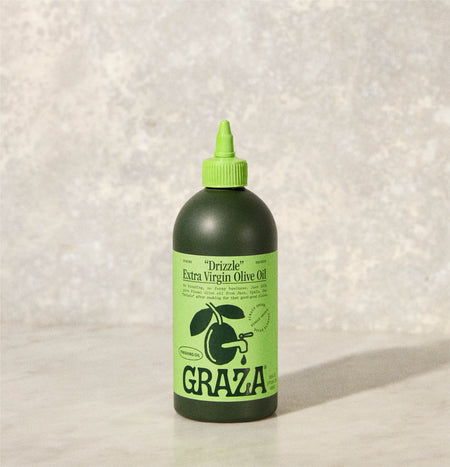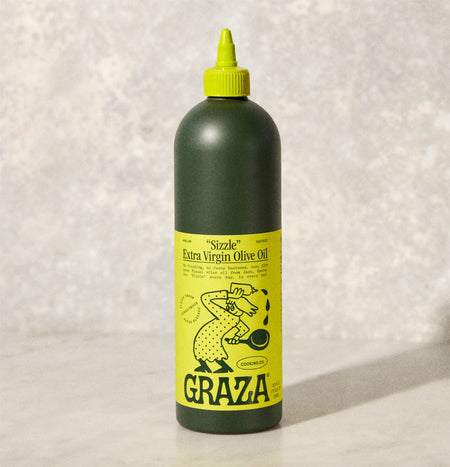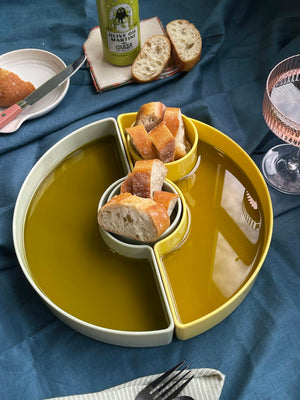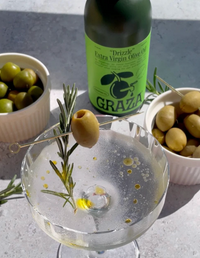
You bleached your what?
Olive oil is a fruit juice. It is perishable. And according to the New York Times, it’s hard for the average person to tell if oil is rancid, despite the fact that rancid oil can smell musty or fusty, soapy or fishy. That’s where bleaching and deodorizing come in for some oils (but never Graza). These chemical processes remove the olfactory – the sensory – rancidness, but on a cellular level, the rancid remains. Yuck.
We hate to ‘other’ oils, but facts are facts. If you’re consuming canola oil, vegetable oil, cheap avocado oil, soybean oil or peanut oil, they are refined, bleached or deodorized. And olive oil marked “pure” or “light” isn’t much better. “Pure” olive oil only has to contain 10% extra virgin olive oil, and the rest can be blended from very old, heavily processed olive oil. “Light” olive oil is most definitely bleached or deodorized as well.
Why does this matter? If you’re consuming olive oil for health benefits, fresh extra virgin olive oil is what your body wants. And if you’re going to eat fat in the first place, we believe it should taste awesome. Have you ever downed a spoonful of canola oil? We do NOT recommend it. Drizzle on the other hand? That’s the good stuff.
There are three super easy ways to know that you have fresh olive-only olive oil: 1.) Check for a harvest date on the bottle – that tells you when the olives were picked. 2.) Smell it – poured into a hot pan or drizzled, your olive oil should smell like olives. And 3.) Grab that spoon and give it a taste.
Love, Graza
(Note: Our team members are blended, bleached and deodorized. But our olive oil? NEVER.)
















